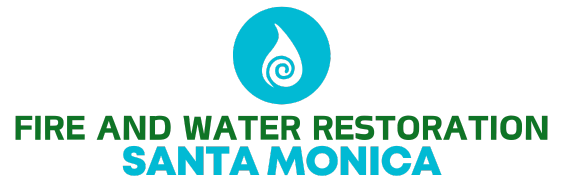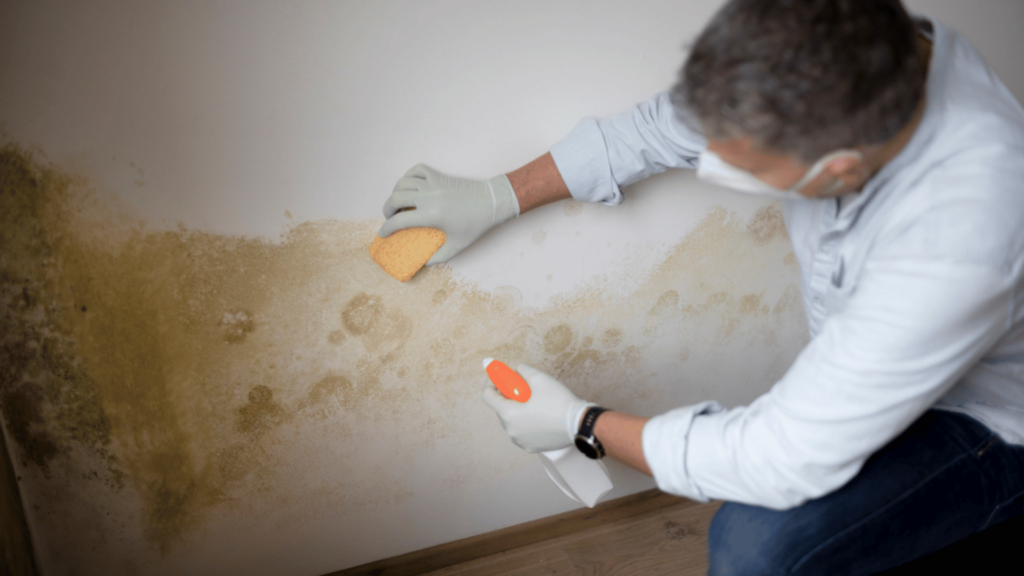Fire and water damage can disrupt your life in unexpected ways, leaving behind destruction and uncertainty. The key to bouncing back lies in a structured recovery plan that prioritizes safety, restoration, and future prevention. This guide walks you through the critical steps to help you regain stability after experiencing such damage.
Ensure Safety Before Entering the Property
The first and most crucial step is assessing safety. Fire damage can weaken structures, while water damage may lead to electrical hazards and mold growth. Before entering the affected area, check for potential dangers and, if needed, seek professional guidance to ensure your safety.
Fire officials will typically advise when a fire-damaged structure is safe to re-enter. If your property has suffered severe water damage, turn off the main power supply and water lines to prevent further issues. If your residence is temporarily uninhabitable, arrange alternative accommodations while you assess the next steps.
Contact Your Insurance Provider for Claims Processing
Once the immediate danger has passed, notify your insurance company to begin the claims process. Provide a thorough account of the damage, supported by photographs and videos. Keeping detailed records of your communications, claim numbers, and required documentation will facilitate a smoother claim approval.
Different policies cover varying levels of damage, so review your insurance terms carefully. If you’re uncertain about coverage, ask your insurer for clarification on claim eligibility and potential reimbursement options.
Protect Your Property from Further Damage
To prevent additional harm to your property, take immediate protective measures. Secure broken windows, doors, and exposed areas to deter theft and weather-related deterioration. If dealing with water damage, remove excess moisture with industrial fans, dehumidifiers, or professional drying services to mitigate mold growth.
For situations involving leaking pipes or water intrusion, shutting off the main supply and contacting a professional plumber can prevent further escalation.
Assess and Preserve Salvageable Items
Evaluate which belongings can be restored and which must be discarded. Fire-damaged items often require specialized cleaning methods, while water-soaked materials must be dried quickly to avoid mold contamination. Sentimental items, legal documents, and electronics should be prioritized for recovery.
If possible, move salvageable possessions to a safe, climate-controlled location while restoration efforts are underway.
Hire Professional Restoration Services
Restoration professionals play a vital role in recovering fire- and water-damaged properties. Their expertise ensures a thorough assessment of structural integrity, proper debris removal, and advanced cleaning techniques for smoke, soot, and water residue.
Attempting to handle significant damage without professional assistance can result in lingering issues such as poor air quality, hidden mold growth, or weakened structures. A certified restoration team can efficiently restore your property and help you avoid long-term complications.
Address Lingering Damage from Smoke, Soot, and Water
Fire incidents leave behind smoke residue and soot, which can embed themselves into walls, furniture, and ventilation systems. These contaminants require deep cleaning with industrial-grade solutions to eliminate odors and prevent health hazards.
Water damage must be addressed swiftly, as mold can develop within 24 to 48 hours. Using high-powered dehumidifiers, air movers, and moisture-absorbing materials can prevent mold infestations and further structural deterioration. If mold has already formed, professional mold remediation services are necessary to restore a safe living environment.
Plan and Execute Repairs and Rebuilding
Depending on the severity of the damage, you may need extensive repairs or even reconstruction. This can include structural fixes such as walls, flooring, roofing, and electrical systems. Hiring experienced contractors with expertise in post-disaster rebuilding ensures that repairs are up to safety standards.
Before proceeding with major repairs, obtain multiple estimates, verify contractor credentials, and ensure necessary permits are secured.
Review Financial and Insurance Coverage Options
Recovering from fire or water damage may require additional financial resources beyond insurance payouts. If needed, explore government assistance programs, emergency grants, or disaster relief loans that can help offset restoration costs.
Additionally, it may be beneficial to update your insurance coverage to better protect against future risks, such as flood insurance for water-prone areas or expanded fire protection policies.
Implement Preventative Measures to Reduce Future Risks
Once your home or business is restored, taking proactive steps to prevent future disasters is essential. Consider implementing the following safety measures:
Install smoke detectors and regularly check fire extinguishers.
Schedule routine inspections for electrical systems, heating units, and appliances.
Conduct plumbing maintenance to detect leaks before they escalate.
Enhance drainage systems to prevent water accumulation around the foundation.
Use fire-resistant and water-resistant materials in future renovations.
By reinforcing these precautions, you can significantly lower the risk of experiencing another fire or water-related emergency.
Address the Emotional and Psychological Impact
Beyond physical repairs, fire and water damage can take an emotional toll. Losing personal belongings and dealing with uncertainty can be distressing. Seeking support from loved ones, professional counselors, or community groups can help ease the emotional burden. If children are affected, reassure them of ongoing recovery efforts and maintain familiar routines to restore a sense of normalcy.
While fire and water damage present significant challenges, a well-structured recovery plan ensures that you can rebuild with confidence. By focusing on safety, securing professional help, and taking preventative actions, you can restore your property and safeguard it against future disasters. Restoration is a journey, but resilience and careful planning will lead to a successful outcome. Every setback is an opportunity for renewal. Strengthen your home or business against future risks and focus on what truly matters—your safety and peace of mind.

